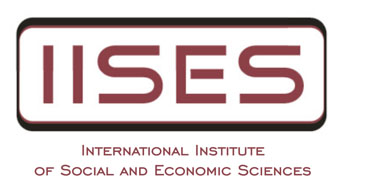International Conference on Economics, Finance & Business, Venice
UNDERSTANDING THE “INVISIBLE PROBLEM” OF FOOD INSECURITY IN THE ASIAN AMERICAN COMMUNITY IN THE GREATER BOSTON AREA, A SCALING SYSTEM BASED ON SURVEY RESPONSE
CYNTHIA WANG
Abstract:
The current study employs an online survey to explore the factors that influence food security status at both the individual and household levels. Participants were asked a variety of questions regarding their background and demographics, then were asked questions more specifically tailored towards the topics of food insecurity such as budget, commute time, household income, and whether or not they use government assistance programs. After analyzing the results, the largest correlations were found between budget (0.79) and accessibility (0.84). In the study, affordability emerged as the most prevalent concern among participants, while time, distance, and food freshness were identified as minimal concerns. Using this information and the average household incomes of Boston’s 23 recognized neighborhoods, a Food Insecurity Index was calculated as a way to measure the food insecurity rating of that neighborhood. East Boston, Chinatown, and Dorchester had the highest Food Insecurity Index suggesting the potential of relatively high food insecurity among residents.
Keywords: Food Insecurity, economic policies, sustainable development

